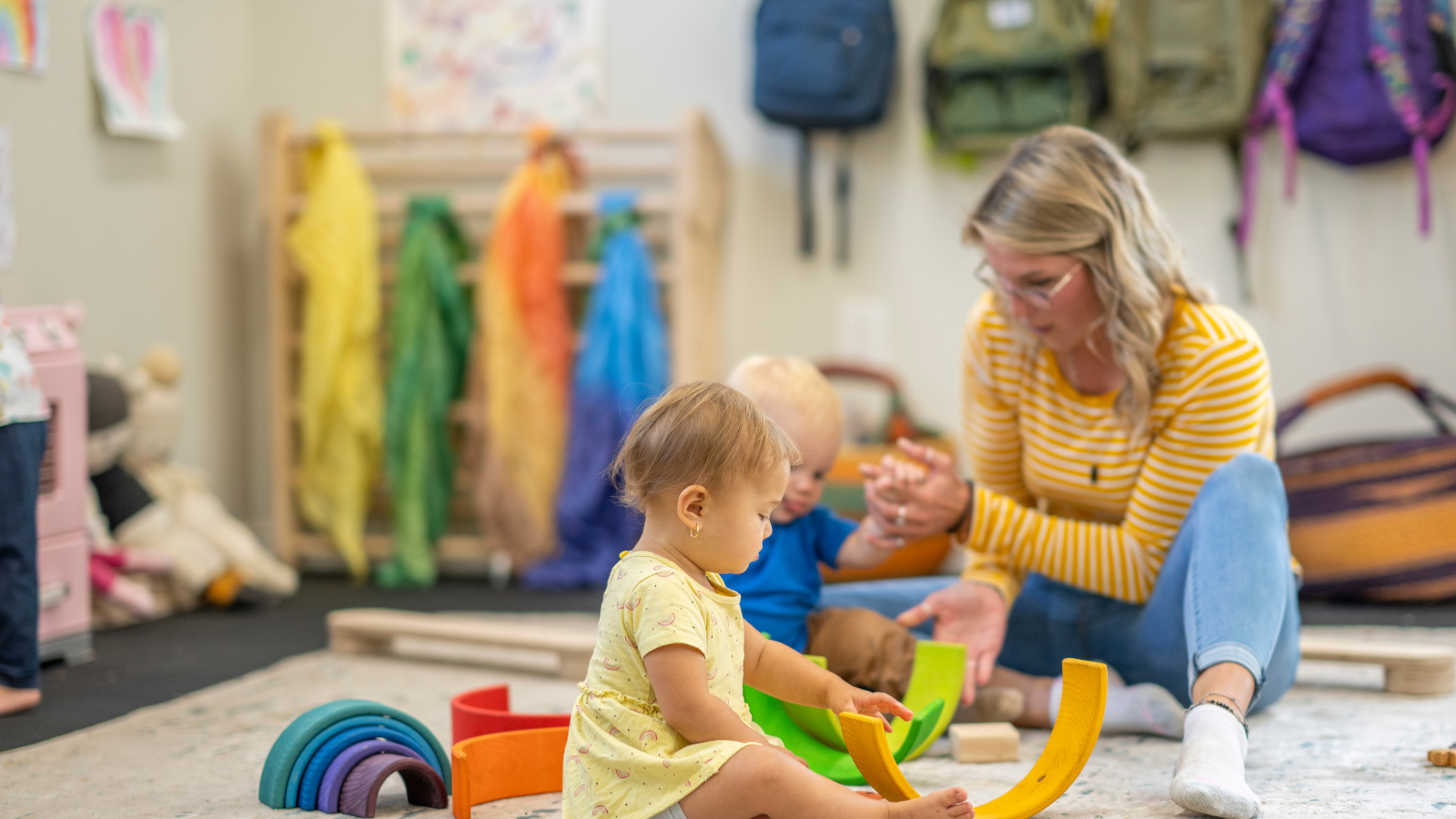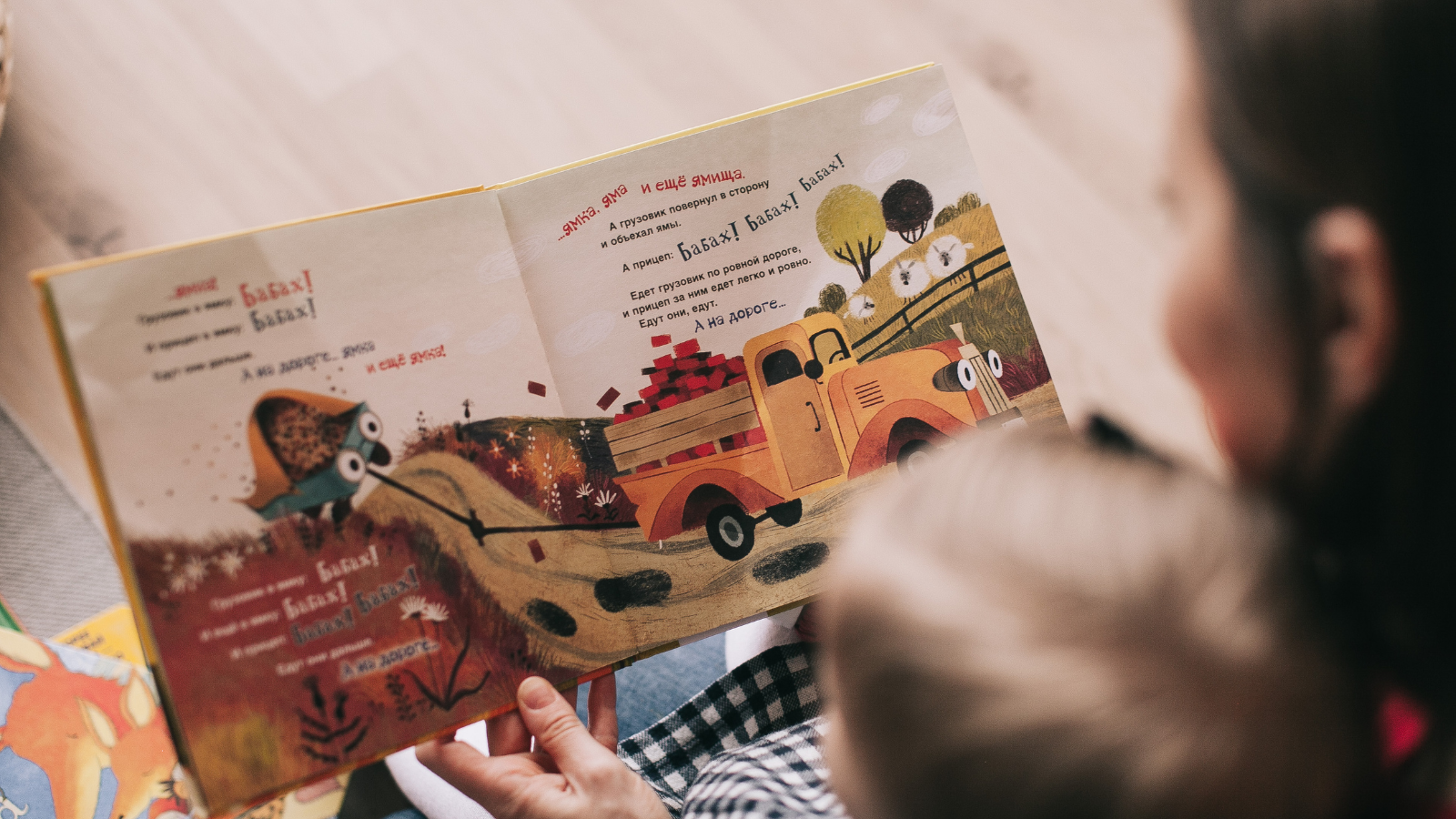The preschool years are a time of development, adventure, and let’s not forget, temper tantrums! Let us assist you in navigating those less than ideal circumstances so you can get your kid back on track.
Development of Children and Negative Behaviors
A bad conduct is a NORMAL aspect of a child’s growth, did you know that? Negative behaviors, such as weariness, hunger, illness, fear, frustration, and even boredom, might be the first indication of a basic need that has to be satisfied. A preschooler’s capacity to manage and regulate emotions is still developing. Preschoolers act on their feelings first and think about them later (I believe we still know some adults who behave in this way). In order to communicate their displeasure until new actions can be acquired, preschoolers who feel overwhelmed may engage in negative behaviors. All preschoolers have tantrums and occasionally fight with their parents, but HOW parents and kids handle these situations CAN make a difference and support kids’ emotional development. Unresolved problematic behaviors that persist throughout time have a high propensity to develop into future issues like delinquency, violence, rejection from peers, and even poorer academic achievement. Reading and math skills can be improved by going to preschool, but what about social skills?
*When to seek professional help: If your child’s behavior has resulted in expulsion from school, more severe than usual tantrums, or major disruption of family life, it may be time to speak with your pediatrician for more information and assistance.
How to Stop Adverse Behaviors
Combating undesirable behaviors first and foremost begins with YOU. Knowing your child’s indicators that indicate their basic wants and being ready to address them before a problem emerges is the first step in combating undesirable behaviors. A daily routine that is constant and predictable can be the best tool in a parent’s toolbox, as we have repeatedly mentioned. In addition to giving the child confidence in each phase of the day’s activities and providing structure, a reliable routine also includes a strategy for meeting basic needs like nutrition and sleep.
Second, parents are essential in assisting children in learning coping mechanisms, especially as they model coping mechanisms for their own children. Parents should serve as a positive role model for their children while dealing with their own trying situations, which can be challenging in and of themselves. Make your house a place where every new encounter may be a chance for learning and exploration by adopting the Jumpin’ Jax mindset. Create a lesson plan based on Jumpin’ Jax to teach your kids the household rules and proper conduct, and to provide them the opportunity to learn how to regulate their emotions. Then, model it yourself!
At Heritage, for instance, we apply the Jumpin’ Jax principles to stop bad conduct all day long. To support the development of the full person, we give pupils a predictable daily schedule, set uniform eating and sleeping hours, use consistent transitional tactics, and integrate social skill-building and expectations into our curriculum. Due to the small class sizes we maintain, students can receive personalized instruction where mistakes in conduct can be corrected right away, leading to behavioral adjustments.
Time for a Break or Some Reflection?
Everyone’s emotions may be strong during a tantrum or other disruptive conduct. You must maintain your composure so that your youngster won’t immediately imitate your actions. The child (and occasionally the parent) has to calm down before learning or teaching can start since aggression is a sign that emotions are out of control. If utilized properly, a time out can be a useful tool for promoting learning and emotional control. As a general guideline, a time out should last for two minutes for a child who is two years old (for example). The timer restarts if the child cries, screams, or attempts to gain unfavorable attention during these two CALM minutes when they are listening to instructions and NOT crying. First, lead the kid to a spot in the room where there aren’t any toys or distractions. To convey your position, use both words and hand motions. For instance, calmly place the child’s hands by their sides if they are up in the air. In certain circumstances, nonverbal communication can be equally as crucial as verbal communication. Use the break to refocus rather than to punish. Although it may not always be the simplest course of action, especially after a long day at work when the scenario may require more emotional control than you are able to provide at the time, it is okay. This can be a crucial mindfulness lesson for both the parent and the child, serving as a wonderful family-wide tool for emotional management.
Final Thoughts
Negative behaviors are a normal part of a child’s growth, but the best way to learn from them is to build a prepared environment that emphasizes prevention and constructive social interactions. Tantrums and bad conduct do happen, but how we handle them and prevent them will determine how well-rounded, independent, and strong your child becomes.






